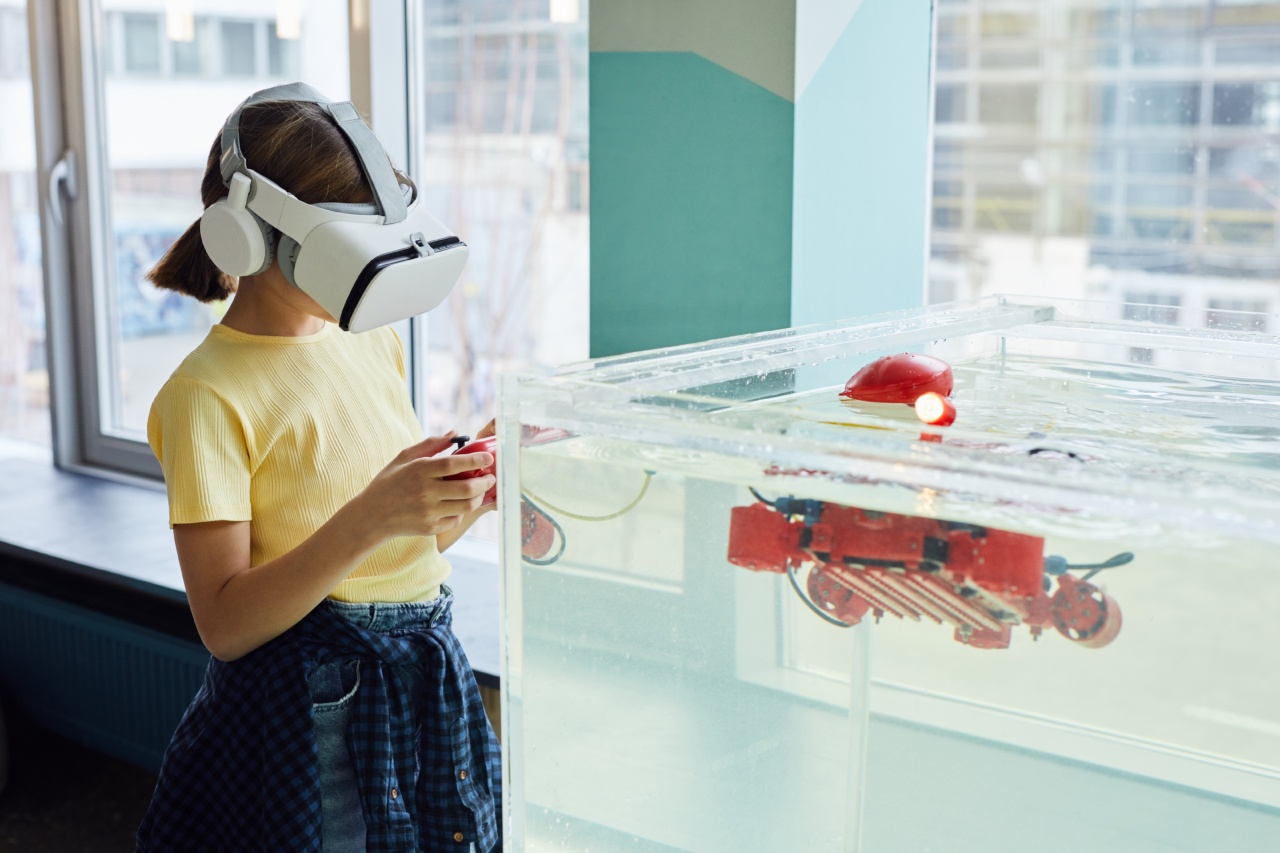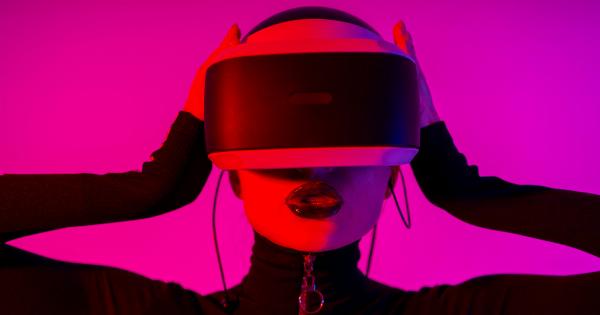The ability to see is a vital aspect of human development. For infants, vision is the primary means for understanding the world around them, and a crucial factor in their growth and development.
Understanding the development of vision in infants is, therefore, an essential component of infant care.
When Can Babies See?
The general consensus among experts is that babies are typically born with the ability to see, though their vision is much weaker than adults. A newborn’s vision is not as sharp, and babies are not as attentive to colors and shapes as adults.
They also have a limited range of focus and distance vision.
As infants grow, their eyesight continues to develop, and they build upon these basic visual skills. The age at which an infant can see with greater clarity, color, and depth perception, however, varies.
Factors That Affect Infant Vision
The development of vision in infants depends on several factors, including genetics, gestational age, and visual stimulation.
Genetics plays a significant role in how a baby’s eyesight develops in the first year of life. In most cases, the eye shapes and structures will grow in such a way that nearsightedness or farsightedness develops.
This emerging condition is often diagnosed around the age of two years.
Premature babies may also experience developmental delays in vision. Their eyes may not have had enough time to develop fully in the womb, leading to vision problems like retinopathy of prematurity (ROP), which can cause vision loss or blindness.
Visual stimulation is a critical component in the development of healthy eyesight in babies. This stimulation helps to strengthen the eye muscles and visual processing in the brain.
Whether through toys, books, or interacting with important adults, visual stimulation is essential to help babies understand the world around them.
Key Milestones in Infant Vision
The following are the key milestones in the development of an infant’s vision:.
Birth to 4 Months
During this time, an infant’s eyesight is at its weakest. The baby can only focus on objects within eight to ten inches of their face, preventing them from seeing distant objects.
Babies can, however, detect light and dark contrasts, and they can differentiate between primary colors.
4 to 6 Months
By four months, an infant’s eye muscles are becoming stronger, allowing them to focus their eyes more effectively. Their eyes may start to work together in a more coordinated manner, reducing the likelihood of developing strabismus (crossed eyes).
Babies at this age can also detect subtle differences in color and may be able to perceive depth perception.
6 to 9 Months
During this period, an infant’s ability to judge distances starts to improve. They can also track moving objects more effectively and enjoy playing games like peek-a-boo.
Their spatial awareness skills also start to develop as they learn to recognize obstacles and navigate around them.
9 to 12 Months
By this point, babies’ eyesight is roughly equivalent to that of an adult. Their depth perception, recognition of patterns and shapes, and distance vision should be fully developed.
Babies can also track objects that move quickly and use their eyes to communicate more effectively.
How to Promote Healthy Vision in Infants
There are several steps you can take to promote healthy vision in infants, including:.
Allow for Plenty of Visual Stimulation
One of the simple ways to develop healthy eyesight in infants is to provide plenty of opportunities for visual stimulation. This could involve brightly colored toys, books with vivid illustrations, or even spending time outside in nature.
Aim for 20 minutes of visual stimulation each day.
Make Routine Eye Exams a Priority
Regular eye exams are essential in catching vision problems early and ensuring prompt treatment.
Eye examinations are easy and should be part of your infant’s routine health care regimen, so speak with your pediatrician about scheduling an appointment.
Invest in High Contrast Toys and Objects
Babies are attracted to high-contrast toys and objects, which help provide visual stimulation. You could consider getting black and white patterned toys or providing objects with bold, contrasting colors.
Brighten Up the Nursery
Ensure your infant’s nursery is well-lit and bright with natural light and add colorful elements to the nursery that can stimulate your baby’s eyesight.
Conclusion
The development of vision in infants is an essential part of their overall growth and development. Infants are born with the ability to see, but their eyesight is not as sharp or robust as adults.
Still, their visual skills developed as infants build upon the basics of their early development, and the ability to see with greater clarity, color, and depth perception will emerge at different times for different babies.
By providing plenty of visual stimulation, regular eye checkups, investing in well-lit nurseries, and high-contrast objects, you can help promote healthy eyesight in Infants, setting them up for a lifetime of visual strength.































